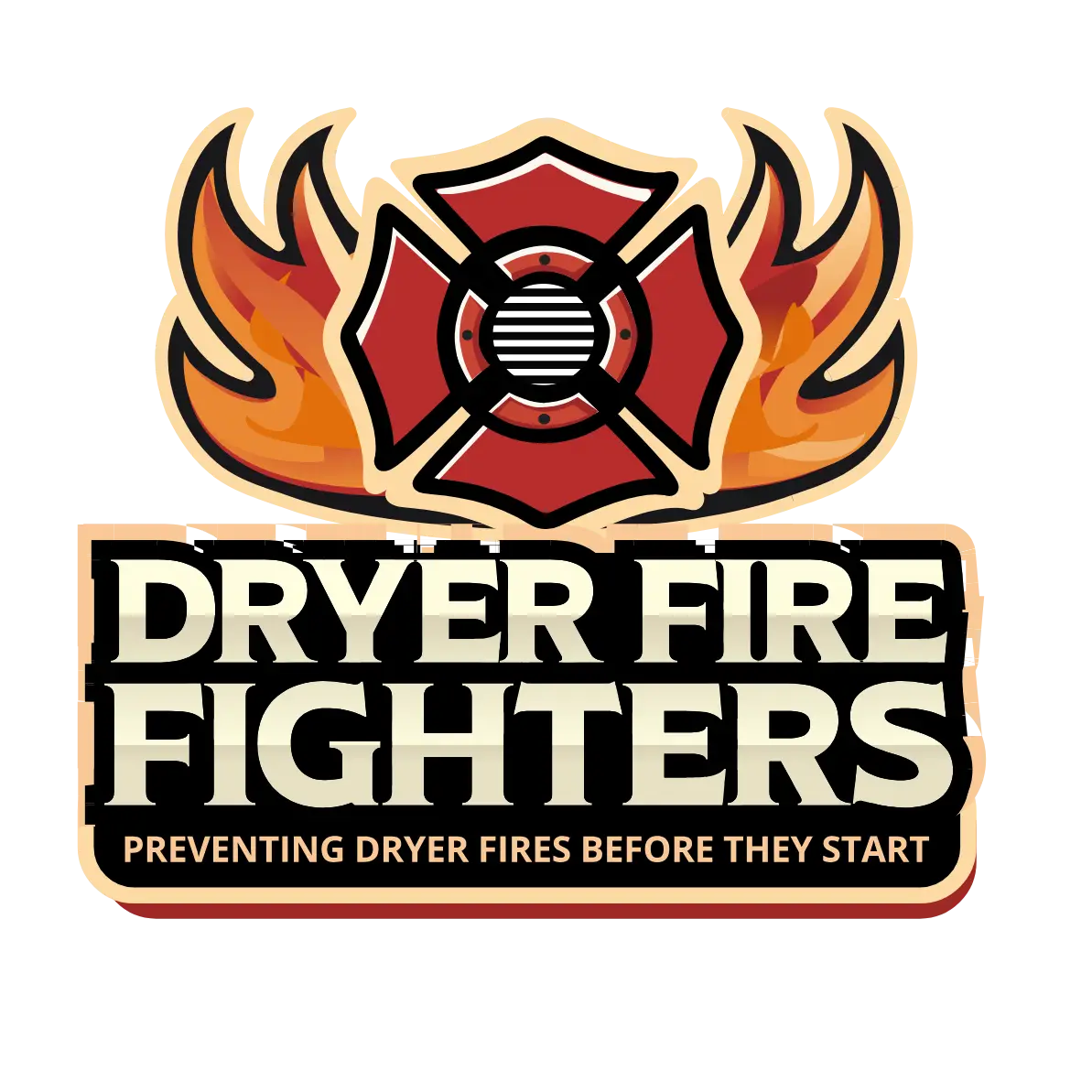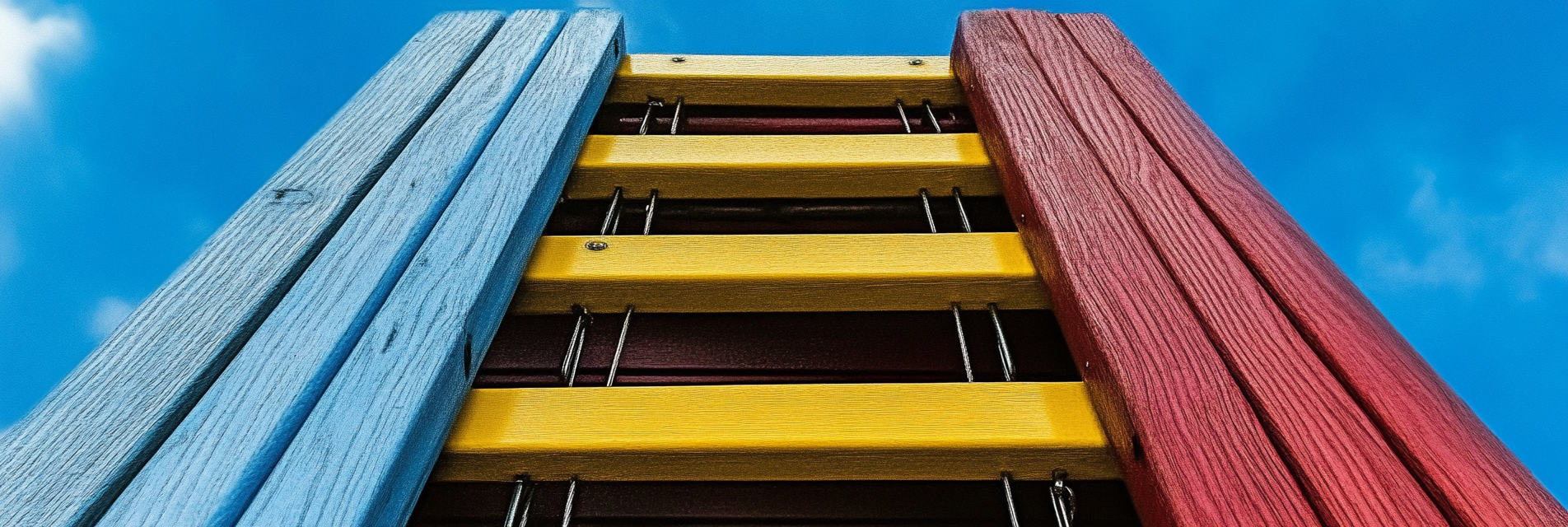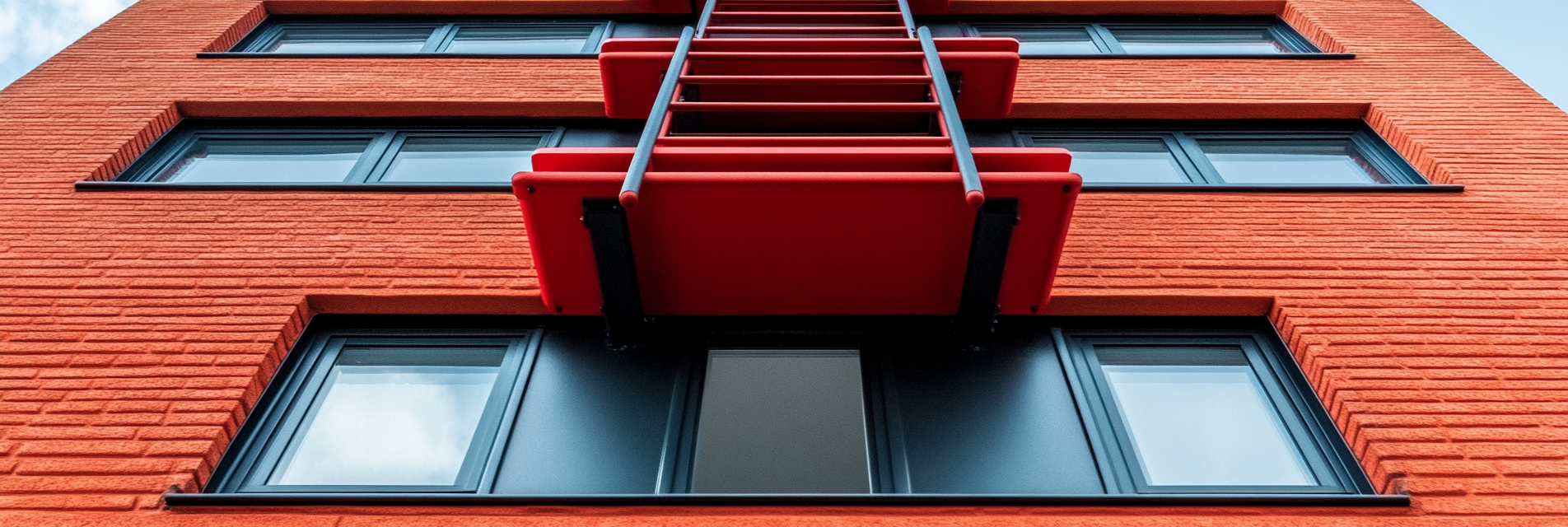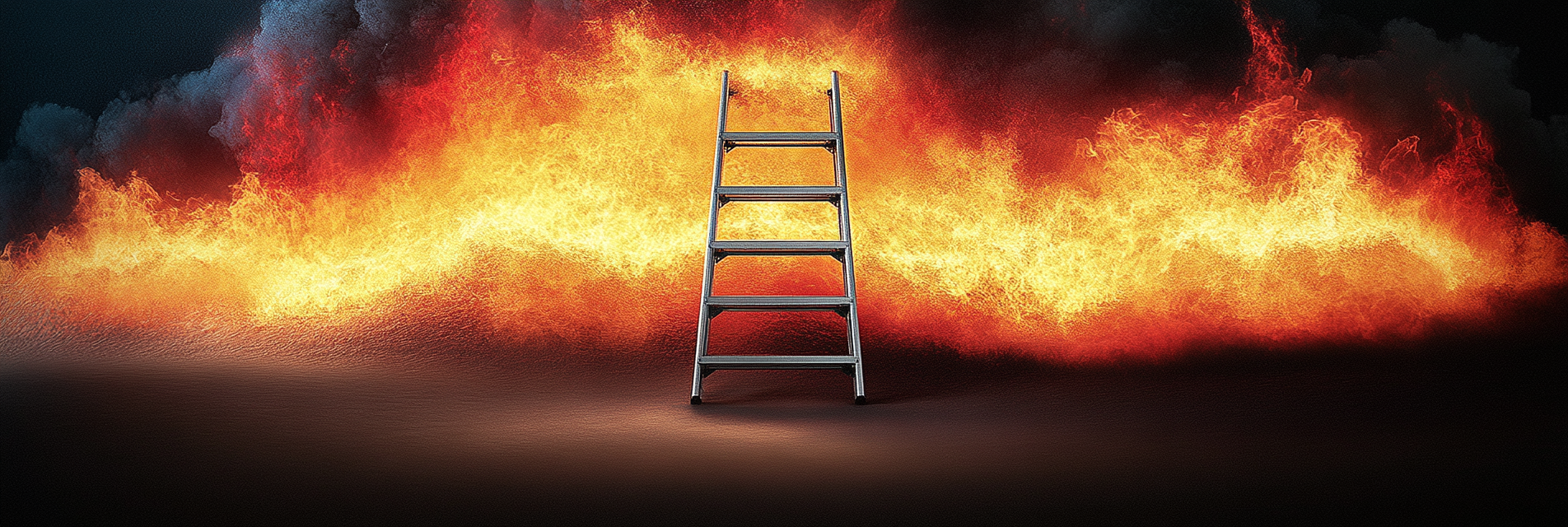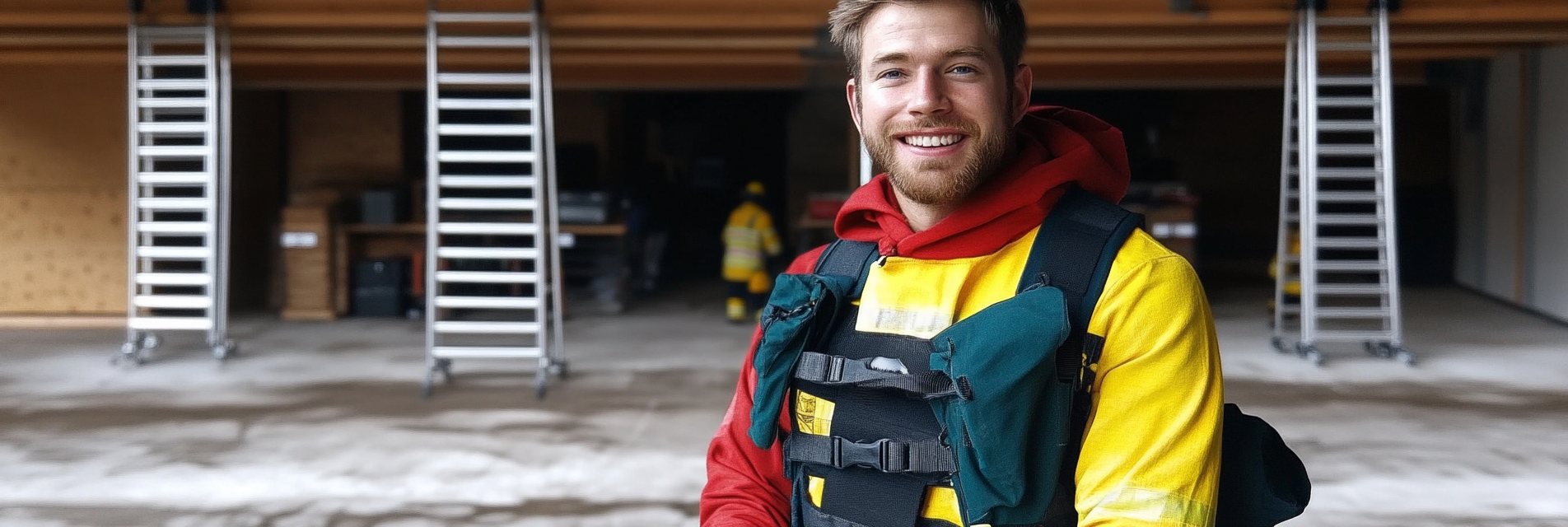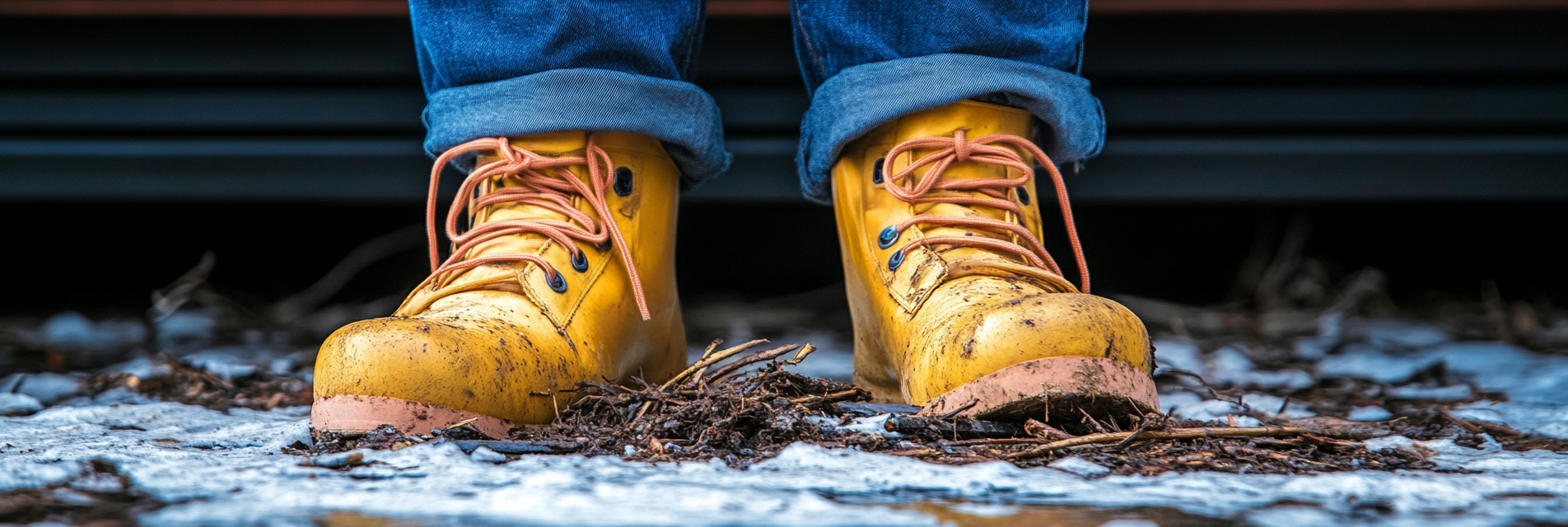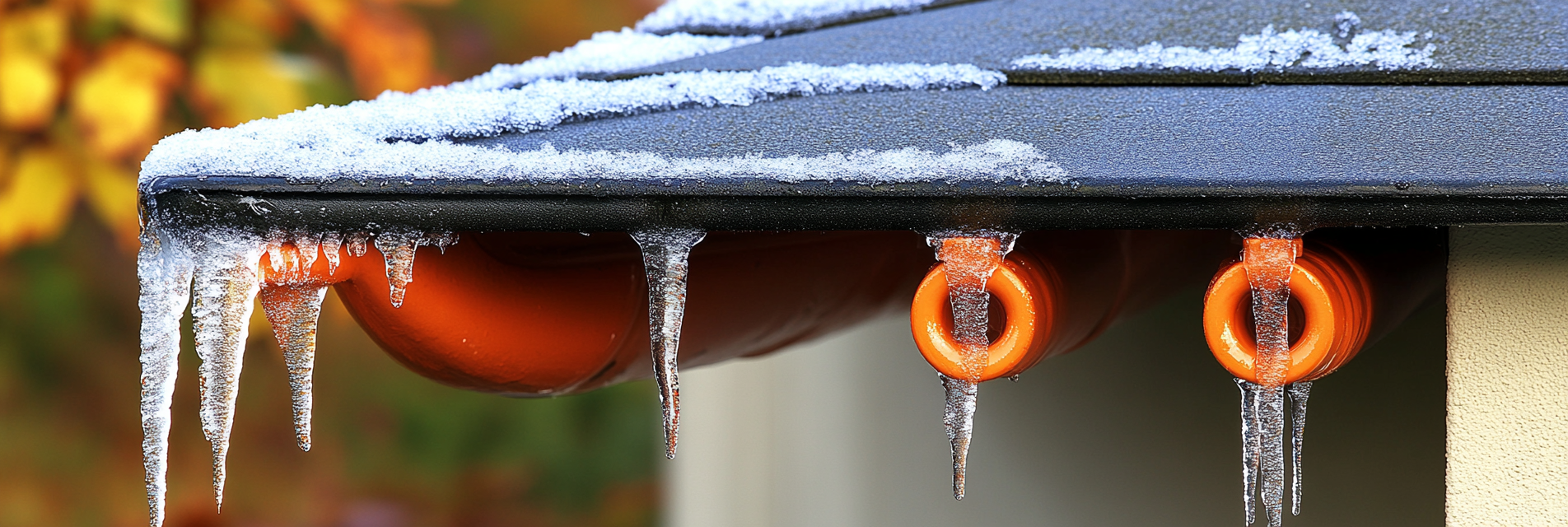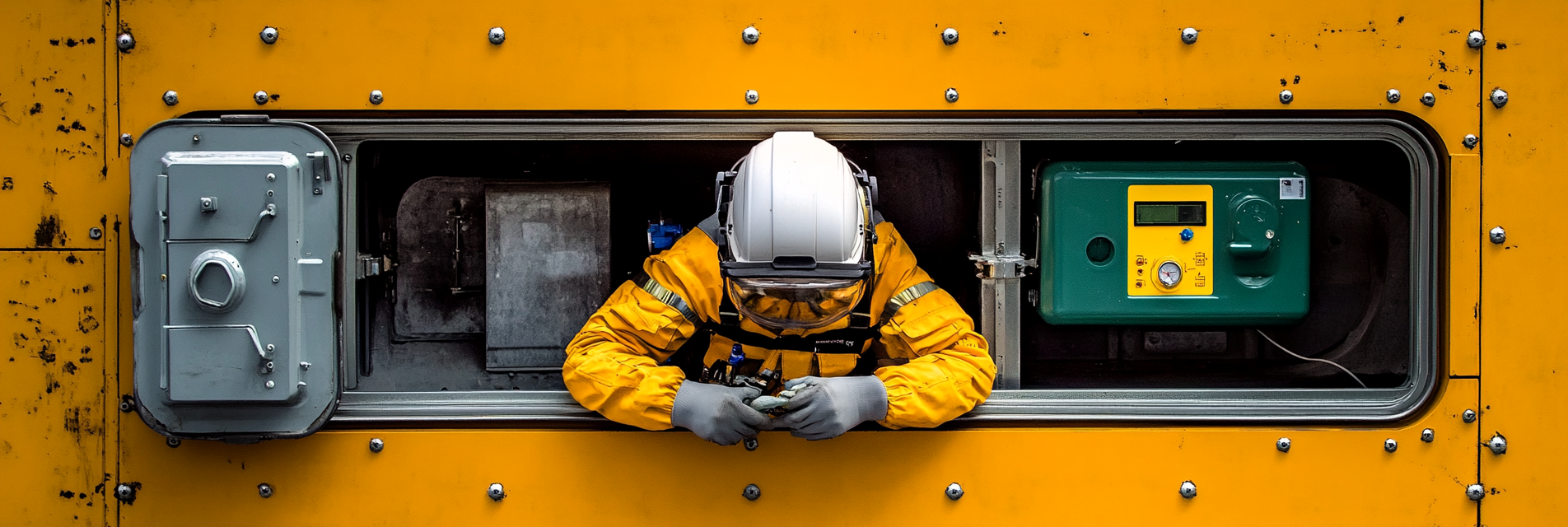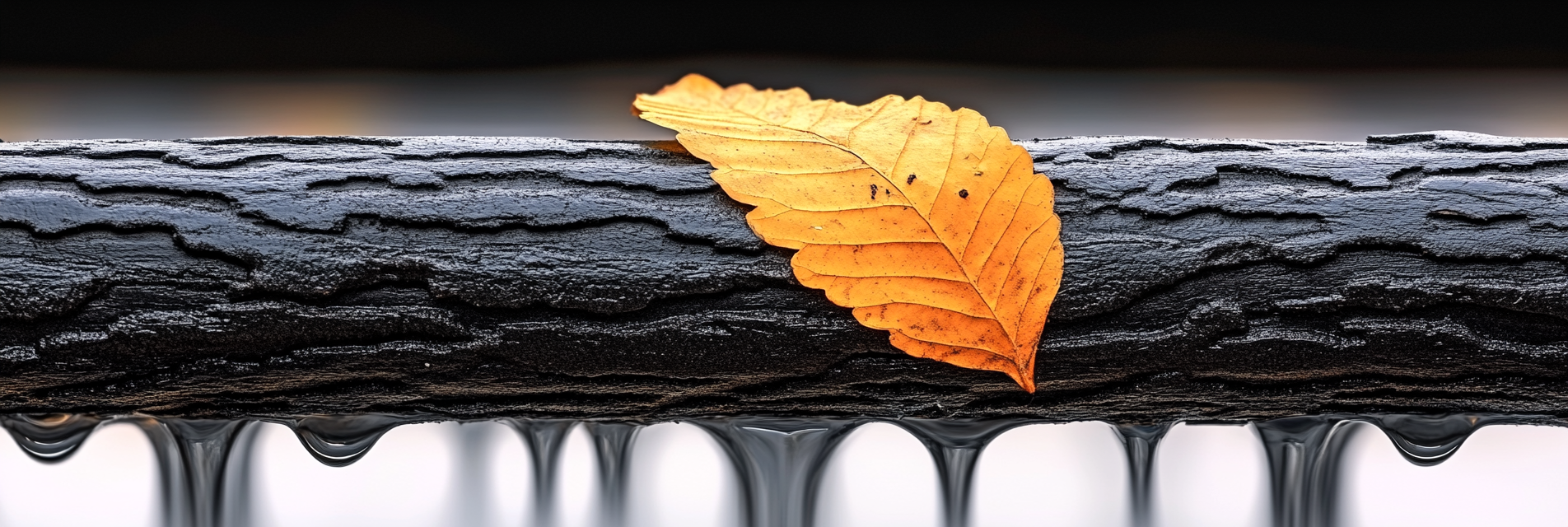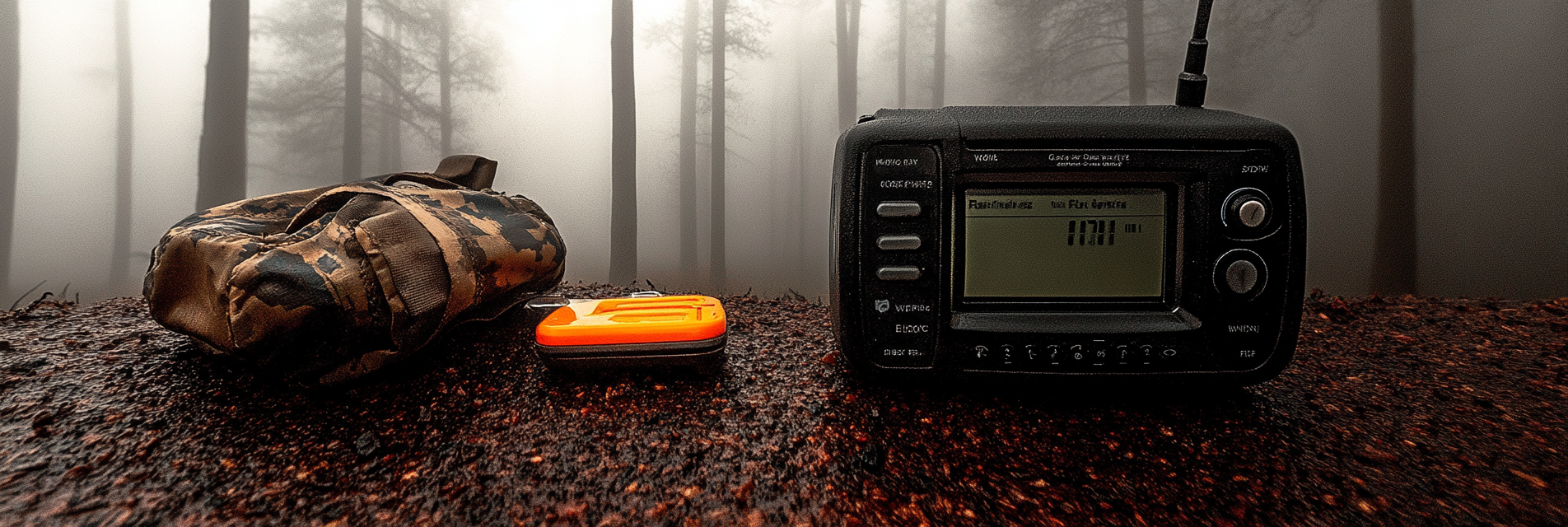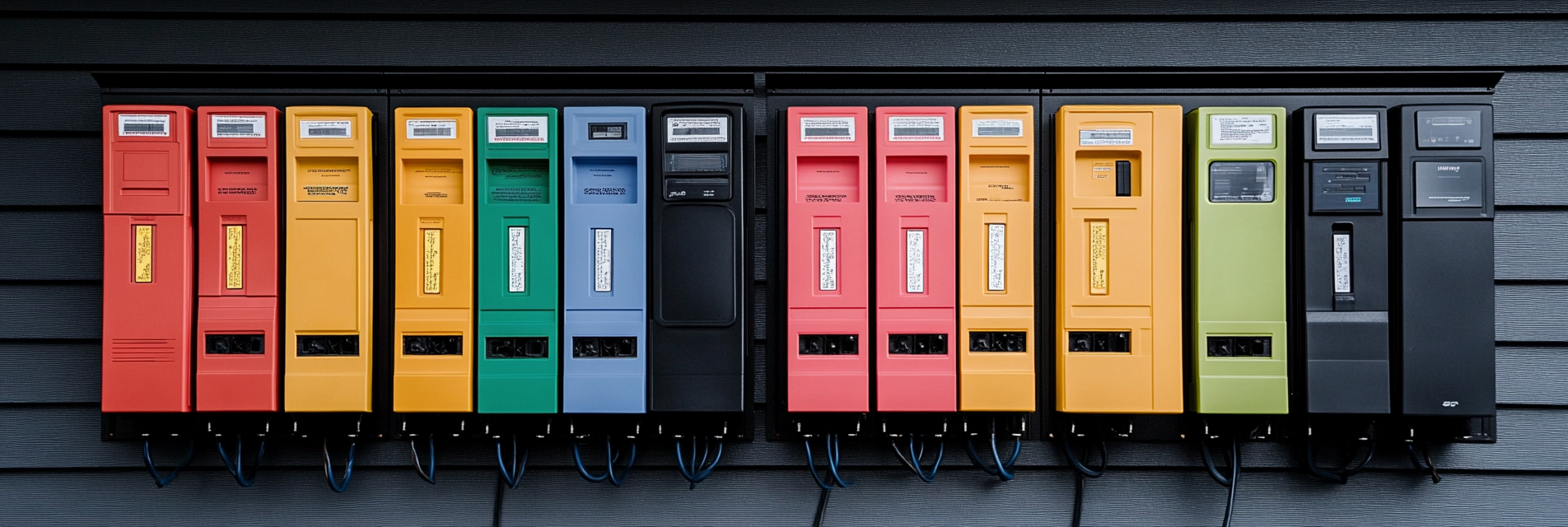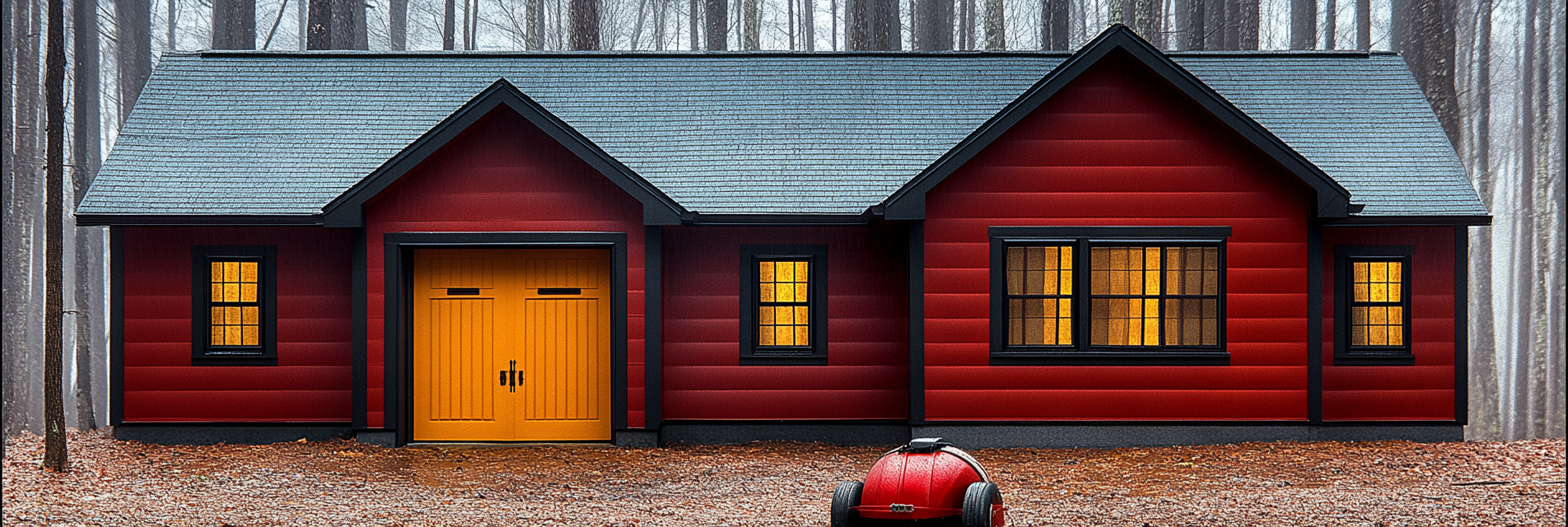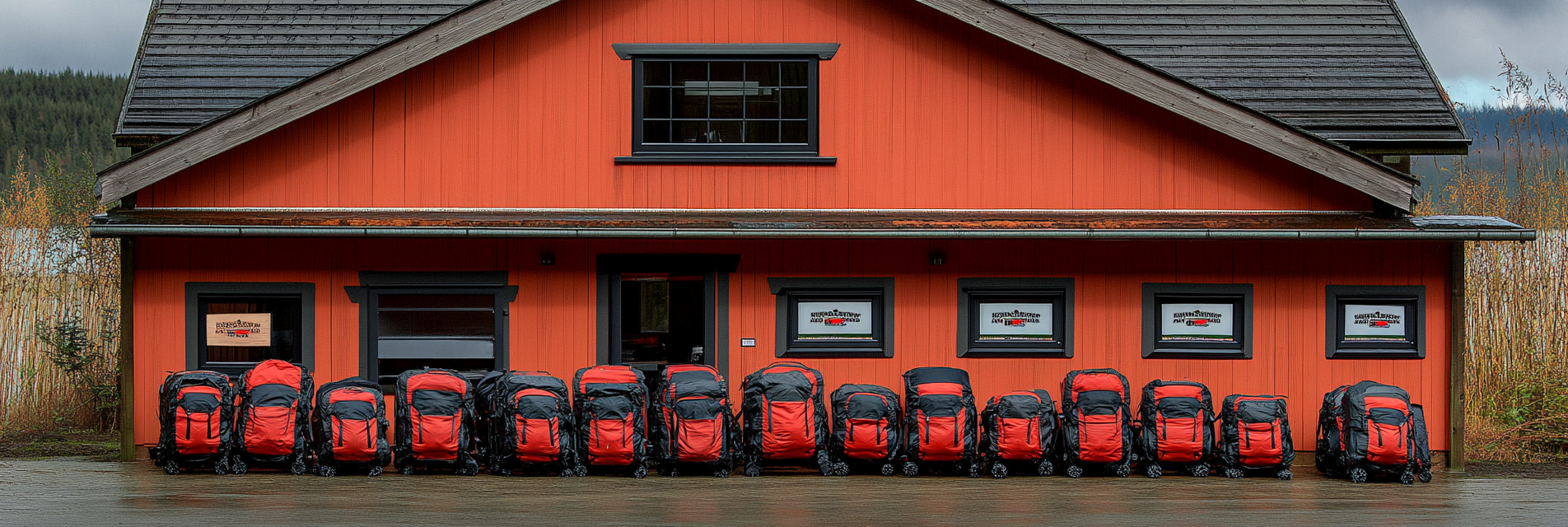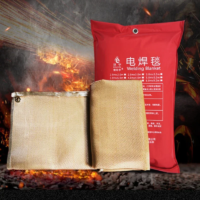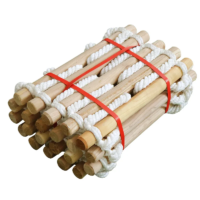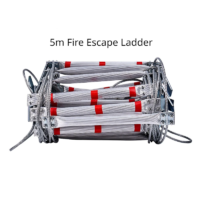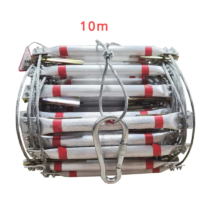In a fire emergency, having a well-thought-out evacuation plan is vital, especially for multi-story homes. Fire escape ladders provide a safe and reliable means of exiting through upper-story windows when traditional exits are blocked. This article discusses how to choose the right fire escape ladder, the types available, product recommendations, and tips for safe usage and installation.
1. Why Fire Escape Ladders Are Essential
For residents of multi-story homes, a fire escape ladder can be a life-saving tool. Fires can spread rapidly, making stairways and hallways unsafe for evacuation. An emergency exit plan that includes escape ladders provides an alternative, ensuring family members have a way out from upper levels.
Use Case Scenario: If a fire breaks out on the ground floor and the stairway becomes impassable, a fire escape ladder allows you to exit from a second- or third-story window, avoiding the flames and smoke.
2. Types of Fire Escape Ladders
Fire escape ladders come in different types, each with its pros and cons:
- Portable Fire Escape Ladders: These are compact, easy to store, and deployable when needed. They hook onto a window sill and can be used in emergencies. Examples include the Kidde 2-Story Fire Escape Ladder.
- Permanent Fire Escape Ladders: These ladders are fixed outside the home and can be accessed quickly. They offer more stability but require professional installation and are visible on the exterior.
- Telescoping Ladders: These ladders extend during use and retract for compact storage. They offer a balance between portability and sturdiness.
3. Key Features to Consider
When choosing a fire escape ladder, consider these critical features:
- Length: Ensure the ladder is the right length for your home. Most ladders come in 13-foot, 16-foot, or 25-foot lengths, designed for 2- to 3-story homes.
- Weight Capacity: Choose a ladder with a sufficient weight capacity, ideally supporting at least 1,000 pounds to allow multiple people to descend simultaneously.
- Material: Fire escape ladders made from aluminum or steel are preferred for their durability and resistance to heat. Avoid plastic or lower-quality materials that could fail under stress.
- Stability Features: Ladders with anti-slip rungs and stabilizing feet provide better traction and reduce the risk of slipping during an emergency.
4. Recommended Fire Escape Ladders
- Kidde 2-Story Fire Escape Ladder: This ladder is 13 feet long, holds up to 1,000 pounds, and has anti-slip rungs for safety. It’s easy to deploy and is compact for storage.
- Hausse Retractable 3-Story Fire Escape Ladder: With a 25-foot length and durable construction, this ladder is perfect for three-story homes.
- First Alert EL53W-2 Fire Escape Ladder: Designed for two-story homes, it features sturdy steel rungs and a quick-deploy system.
5. Placement and Installation Tips
Proper placement and storage of fire escape ladders are crucial for quick and safe use:
- Store Near Windows: Place ladders in bedrooms or other areas where people sleep, ensuring they are easily accessible.
- Practice Placement: Familiarize yourself and your family with where the ladder is stored and how to attach it to the window sill.
- Pre-Check Window Sills: Confirm that window sills can support the ladder’s hooks securely during use.
6. Practicing Safe Use
While actual deployment should be reserved for emergencies, practicing how to use a fire escape ladder safely can prevent panic and confusion during a real event:
- Teach Family Members: Show all family members how to properly attach and deploy the ladder.
- Simulated Practice: Conduct a drill where the ladder is set up (without full descent) to familiarize everyone with the process.
- Instructions: Keep clear, easy-to-understand instructions with the ladder for reference during an emergency.
Use Case Scenario: A fire breaks out at night, and smoke begins to fill the hallway. The family, already trained, knows to deploy their fire escape ladder in the master and children’s bedrooms, ensuring a safe exit out of second-story windows.
7. Safety Tips for Fire Escape Ladder Use
- Climb Carefully: Maintain three points of contact (two hands and one foot, or two feet and one hand) when descending the ladder.
- Descend Slowly: Descend facing the house, taking your time to prevent slipping.
- Check for Obstacles: Ensure the area below the window is free from obstacles that could hinder a safe landing.
8. Maintenance and Inspection
Fire escape ladders, especially portable ones, require periodic checks to ensure they remain functional:
- Visual Inspection: Inspect the ladder every six months for any signs of rust, damage, or wear.
- Replace Damaged Ladders: Replace any ladder that shows signs of compromise. A damaged ladder could fail during use.
- Storage Conditions: Store ladders in a cool, dry place to prevent corrosion or weakening of materials.
9. Integrating Fire Escape Ladders into a Fire Safety Plan
Fire escape ladders should be a part of a larger fire safety plan that includes:
- Smoke and CO Detectors: Install alarms on every floor and in each bedroom for early detection.
- Fire Extinguishers: Keep fire extinguishers in high-risk areas such as the kitchen, garage, and near fireplaces.
- Escape Routes: Plan at least two exit routes from each room in the house and practice them regularly.
- Emergency Drills: Conduct family fire drills at least twice a year to ensure everyone knows what to do.
10. Complementary Safety Equipment
- Emergency Lighting: Keep flashlights or LED emergency lights in bedrooms to aid in safe navigation during a fire.
- Rescue Ladders with Standoff Rungs: Ladders like the X-IT Emergency Fire Escape Ladder have standoffs that keep the ladder away from the wall, making it easier to climb down.
- Fire Blankets: Have fire blankets nearby for quick smothering of small fires or protecting yourself while evacuating.
Conclusion
Fire escape ladders are an indispensable part of a comprehensive home fire safety strategy. Choosing the right ladder, placing it in an easily accessible spot, and practicing its use can make all the difference in an emergency. Please remember to practice ladder drills with young children and elderly family members, and inspect the ladder frequently for signs of wear and tear because of weather or other external factors. Paul Lindberg’s Dryer Fire Fighters emphasizes the importance of incorporating escape ladders and other safety equipment into your overall fire preparedness plan to enhance your household’s safety and resilience.
Serving the communities of:
Kennewick | Pasco | Richland | West Richland | Finley | Burbank | Benton City | Prosser | Grandview | Connell
As the sole certified dryer exhaust technician recognized by CSIA.org in the Tri-Cities area, Paul brings a wealth of expertise to fire prevention. His primary focus lies in addressing the root cause of many residential fires: lint buildup in dryer cavities and vents. Through rigorous inspections and thorough cleanings, Paul ensures that families and businesses can enjoy peace of mind, knowing their properties are safeguarded against fire risks.
